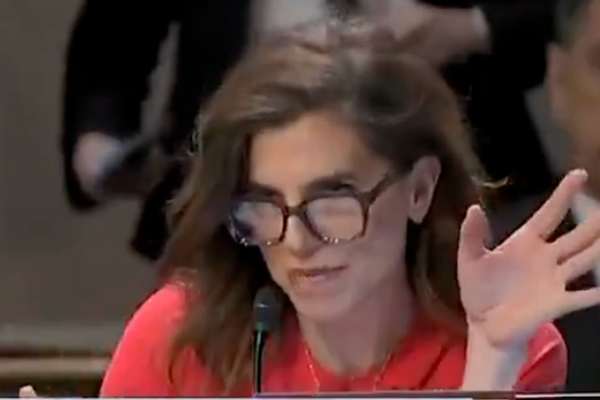
Conrad Atkinson, who has died aged 82, was one of Britain’s most significant activist and political artists. For more than 60 years he dedicated his life to highlighting contentious sociopolitical issues, including the miners’ strikes, landmines, the Aids crisis and the Northern Ireland conflict. Silver Liberties, a work commemorating the victims of Bloody Sunday, was famously outlawed by the Ulster Museum in the 1970s.
Born in Cleator Moor, Cumberland (now Cumbria), to Bridget (nee McHenry), a factory worker, and Reginald Atkinson, an electrician, Conrad was proudly working class. After Whitehaven grammar school, in 1957 he attended Carlisle College of Art before joining Liverpool School of Art. Fellow alumni included John Lennon, and the explosive Liverpudlian arts scene became a hotbed for the movers and shakers of 60s Britain. An avid banjo player, Conrad regularly lent his treasured instrument to Paul McCartney, and brought Lennon’s old easel back to rural Cumbria, from which he would paint for the rest of his life.

After graduating from the Royal Academy and teaching at the Slade, Conrad became distinguished visiting professor at the Courtauld Institute, London, and split his time between the UK and the University of California, where he was professor of fine art.
A champion of feminism, Conrad set up the university’s first women’s art group, encouraging his students to explore beyond the white, male canon of art history. This was a radical move for a male professor, at a time when the feminist artist-educator Judy Chicago was encouraging her students to repudiate all men.
Heavily involved in the Artists’ Union, Conrad campaigned for fair pay for artists, and supported the London Women’s Art Movement, which his wife – the artist Margaret Harrison, whom he met at Carlisle College of Art and married in 1966 – co-founded.
Few people are aware that Conrad was the forefather of video art in the UK. This new media emerged during the late 60s, but was regularly dismissed as an artform in the UK by the Arts Council until Conrad’s trailblazing exhibition Strike at Brannans at London’s ICA in 1972. It was his strength of character that enabled the controversial exhibition – about striking female factory workers – to go ahead, paving the way for future generations of young British artists to work in new media.
I met him in 2013 when I went to his home in Cumbria to interview Margaret for my book Women Can’t Paint, and ended up including Conrad in the book because of the phenomenal work he had done for female artists through his teaching.
Conrad’s work is held in national and international collections including the British Museum and Tate, the National Portrait Gallery, and, in New York, the Whitney Museum and MoMA. He had been represented by the Ronald Feldman Gallery in New York since 1979, and a transnational legacy group has been established to show the his work, including a contribution from Strike at Brannans, which is now on display at Tate Britain.
His friends and family will miss his sparkling energy and sharp sense of humour.
Conrad is survived by Margaret and their daughters, Sophie and Katy.







